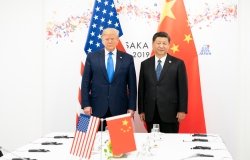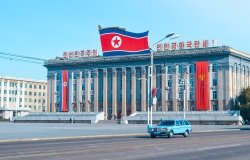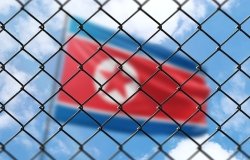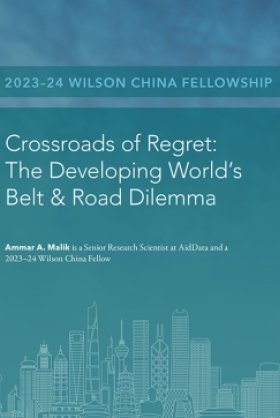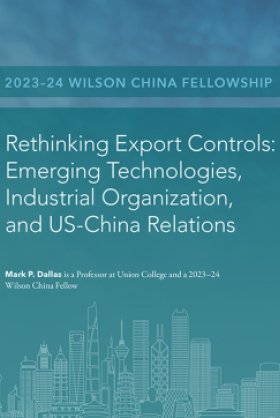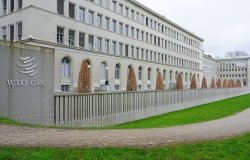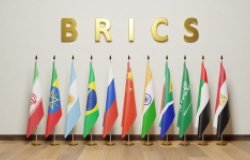Who Benefits from the Customs Union?
On November 2, 2013, President of Russia Vladimir Putin met with President of Kazakhstan Nursultan Nazarbayev in Yekaterinburg at the tenth annual Forum on Interregional Cooperation. In the presence of journalists, they disputed, with unexpected severity, which country had supplied more goods and invested more within the framework of the Customs Union.
Translated by Nic Wondra
On November 2, 2013, President of Russia Vladimir Putin met with President of Kazakhstan Nursultan Nazarbayev in Yekaterinburg at the tenth annual Forum on Interregional Cooperation. In the presence of journalists, they disputed, with unexpected severity, which country had supplied more goods and invested more within the framework of the Customs Union. This public dispute was a continuation of what started at the October 5 discussion in Minsk. At the trilateral meeting there, Nursultan Nazarbayev spoke harshly about the problems between Russia and Kazakhstan in the Customs Union. The Kazakh president made it clear that while Russia had started deriving tangible benefits from the Customs Union, Kazakhstan was suffering losses. In November, Putin responded by saying, “Russian supplies to Kazakhstan grow slower than the Kazakh ones to Russia...” He failed to finish however, being dramatically interrupted by Nazarbayev, “Our information testifies to the contrary!”
The next day, at the beginning of the meeting, Nursultan Nazarbayev looked as if he had lost his appetite for life. It was clear that negotiations had gone on behind closed doors. Under pressure, Kazakhstan signed the agreement (although it was only the “preliminary” version) "Of oil transportation through the territory of Kazakhstan and transit warranties." As a result, Russian oil will be transported through Kazakhstan to China via the Atasu-Alashankou oil pipeline, capable of seven million metric tons. The Russian party appeared the winner, and Nazarbayev looked like a dignified loser and a soviet-style politician. After negotiations, he made a rather optimistic statement for the press noting that exactly such countries as Russia and Kazakhstan should be world leaders in the third millennium. “And the Eurasian Union will have the highest level of integration in the territory of the soviet...i.e. post-soviet states,” added Nazarbayev. His slip was probably not accidental. But, having returned home, Nazarbayev tried to regain ground lost in Yekaterinburg. Already by November 13, 2013, the Kazakh press had published and widely disseminated statistics regarding the status and performance of the mutual trade and investments between Russia and Kazakhstan that contradicted Putin’s numbers.
The analytical reports from the two agencies–the Statistics Agency and the National Bank of Kazakhstan–are structured as a direct rebuke to Putin. The latter said that “the Russian supplies to Kazakhstan grew slower than the Kazakh to Russia…” The data of the Statistics Agency of Kazakhstan suggest that export of goods from Kazakhstan to Russia in January-September 2013 has contracted year-over-year by 3.6% to $4.5 billion, and in absolute terms, by $166.3 million. At the same time, import of the Russian goods to Kazakhstan has increased by 4.5% to $12.7 billion, or by $545.6 million. As a result, the credit balance of the Kazakh trade with Russia for the first 9 months of 2013 was negative $8.2 billion against last year’s negative $7.4 billion.
Putin also said that “he was actually surprised: the investments of Russia into the economy of Kazakhstan during the previous years had made up almost $1 billion”, whereas “the investments of Kazakhstan into the economy of Russia had made up $1.7 billion!” The data from the National Bank of Kazakhstan suggest that by the end of 2012 the Kazakh investments in Russia reached $8.1 billion, including direct investments of $551.2 million, portfolio investments of $272.6 million, other investments of $7.3 billion and reserve assets of $37.9 million. Russia in turn has invested $5.9 billion in Kazakhstan, including direct investments of $1.9 billion, portfolio investments of $498.4 million and other investments of $3.5 billion.
The reason for such big discrepancies between the data used by the Russian President and the official data of the Kazakh statisticians and analysts of the National Bank is not yet known. It is important though, that the discussion remains very public, and that mutual trust between the two senior partners of the Customs Union appears to be at a new low.
Russia’s Eurasian strategy has increased interest in Kazakhstan, whose authorities have engaged with Russia over transportation of oil to China through Kazakh territory. However, in the long run, the problems and tension in the relations between the two countries will increase.
In the Soviet Union, communist leaders wanted to forget the past (the words “renounce the old world” begin one communist anthem), but Russia's current leadership presents a future that is only a return to the past. The disintegration of the USSR has been called “one of the greatest geopolitical catastrophes,” a comment which seems to establish reunification as a future goal. But events constantly show the illusory nature of Russian leaders’ Eurasian dream. The Russia-based Customs Union has yet to attract more than three countries, and even in this narrow context, the organization is full of contradictions. Its two main members, Russia and Kazakhstan, are similar in their economic specialization (both are petro-states) and appear more competitive than complementary. In the broader Eurasian Union—the Shanghai Cooperation Organization—Russia plays the role of junior partner with China in the lead. After thoughtful reflection, a Eurasian future is hardly attractive to most Russians, especially since the concept has not been able to captivate either Ukraine or Russia’s other neighbors.
About the Author
Emil Pain
Professor, Higher School of Economics, National Research University, Russia
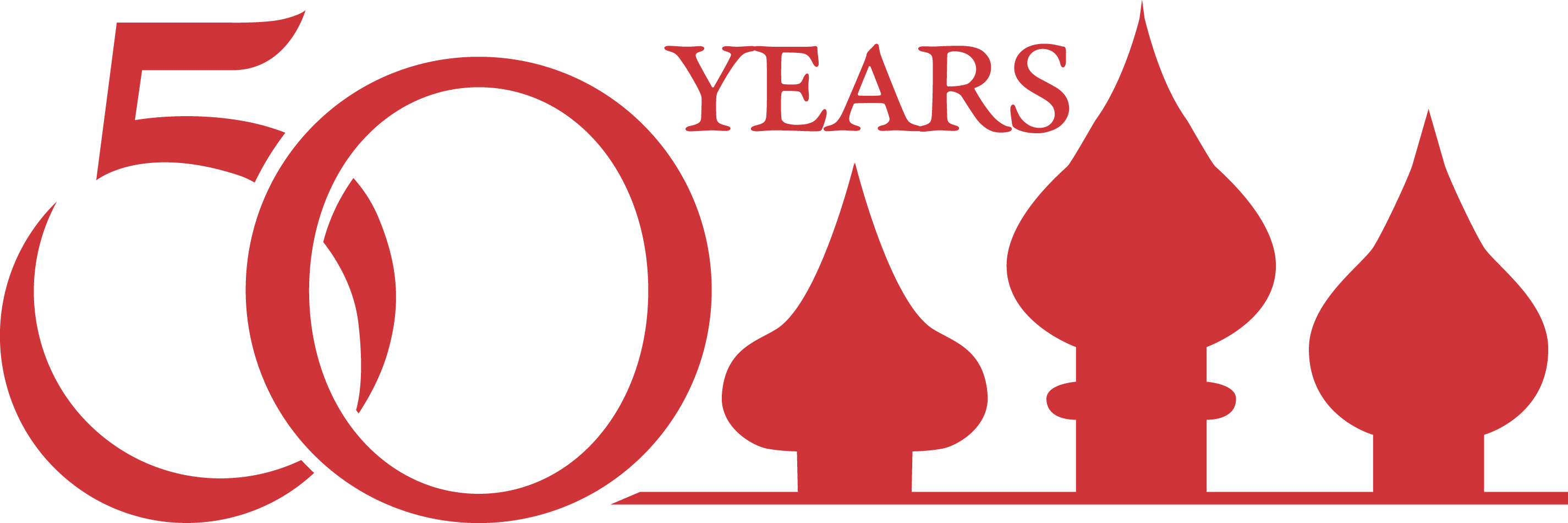
Kennan Institute
The Kennan Institute is the premier US center for advanced research on Eurasia and the oldest and largest regional program at the Woodrow Wilson International Center for Scholars. The Kennan Institute is committed to improving American understanding of Russia, Ukraine, Central Asia, the South Caucasus, and the surrounding region though research and exchange. Read more
